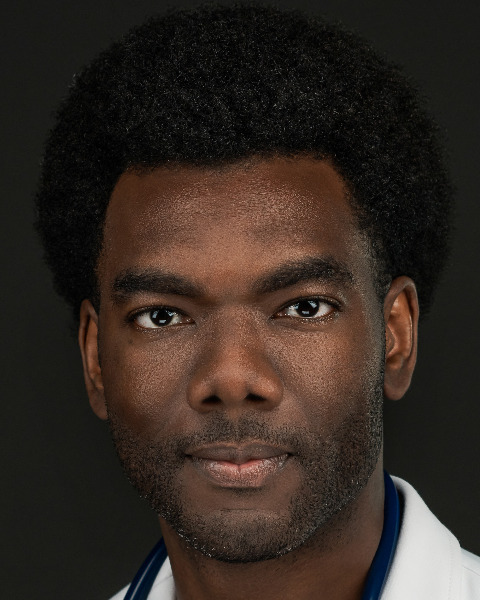Dizzy for a Diagnosis: Early Recognition of Neurosarcoidosis
-

-
BS
Barry Stoll, DO
DO
Mercy Heart and Vascular Hospital St. Louis, United StatesDisclosure information not submitted.
-
FS
-
CC
Chandrasekhar Chada, MD
Critical Care Fellow
Mercy Hospital St. Louis, United StatesDisclosure information not submitted.
First Author(s)
Co-Author(s)
Title: Dizzy for a Diagnosis: Early recognition of Neurosarcoidosis
Case Report Body
Introduction: Sarcoidosis is a multisystem granulomatous disease with CNS involvement in only 5% of cases. Isolated neurosarcoidosis, without extraneural manifestations, is medically rare, occurring in less than 1% of patients with sarcoidosis. It represents one of the most diagnostically challenging disease processes in medicine and requires a high index of suspicion. Hydrocephalus is one of many diverse clinical manifestations of this disease.
Description: A 38 woman with a history of morbid obesity, polycystic ovarian syndrome and diabetes is admitted presenting with symptoms of lethargy, nausea, vomiting, ataxia, memory loss, and syncope. MRI showed normal pressure communicating hydrocephalus, meningeal and upper spinal cord enhancement with subarachnoid leptomeningeal infiltration. Fourteen months prior, MRI done for worsening vertigo and new arm numbness was normal. She was admitted to the neurological ICU and an extraventricular drain (EVD) was placed for symptomatic improvement. Cerebral spinal fluid tested negative for infectious etiology, Lyme disease and atypical cells. CSF angiotensin converting enzyme and protein levels were normal. A contrast CT of her chest, abdomen and pelvis was negative for evidence of malignancy or adenopathy. Her EVD was unable to be weaned and a ventriculoperitoneal shunt was implanted. Due to negative diagnostic evaluation, and suspecting leptomeningeal carcinomatosis, a biopsy of the medullary infiltrate was performed. She developed seizures afterwards. The specimen was reported by pathology as noncaseating granulomatous disease consistent with sarcoidosis. She was started on high dose prednisone and made a full neurologic recovery.
Discussion: Neuronal sarcoid generally occurs in patients with an already high systemic burden of disease. Acute hydrocephalus without extra neural involvement is a deviation from current diagnostic algorithms. Neurosarcoidosis has an affinity for basal ganglia, dura, and leptomeninges. Imaging combined with a sterile CSF should prompt diagnosticians to weigh initiating early empiric steroids against the more surgically invasive neuronal biopsy. A thorough diagnostic workup still remains the gold standard for differentiating neurosarcoid from other neurological mimics.
